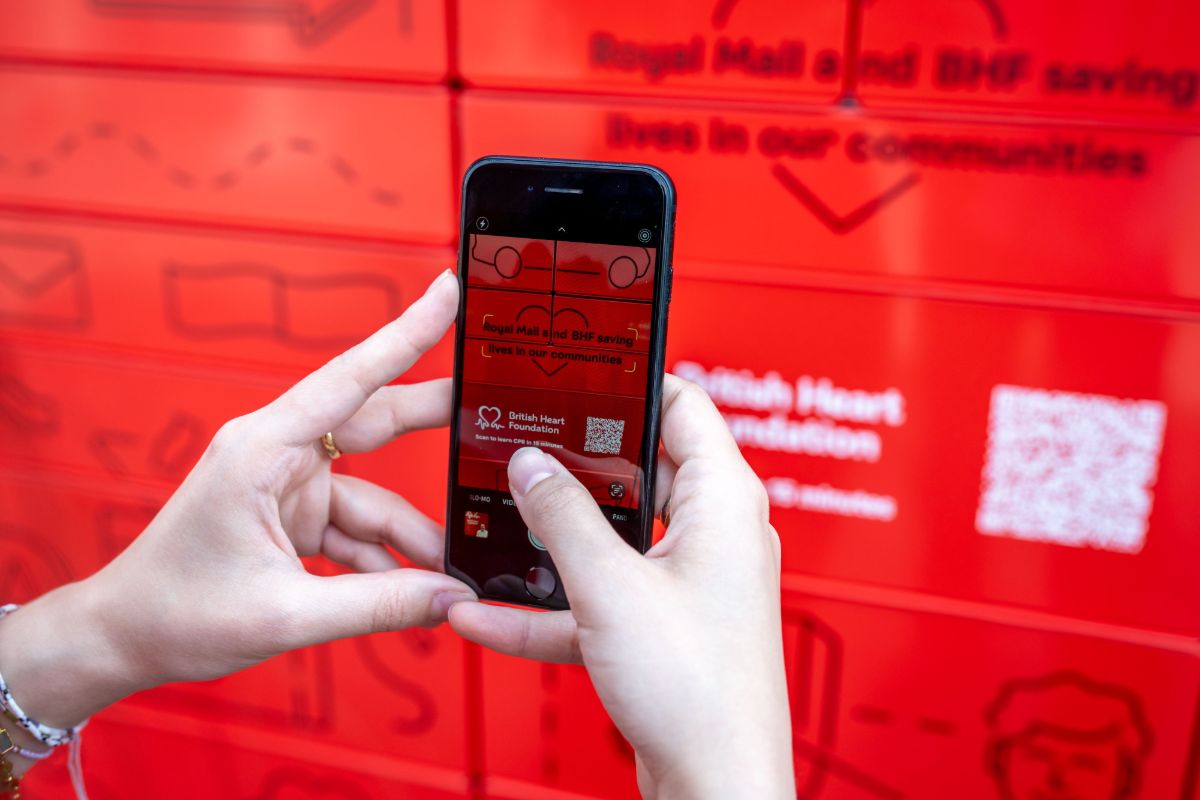How do growing retailers serve smartphone-wielding customers now accustomed to the convenient mobile-first services that many of their larger Top500 rivals offer?
RetailX research answered that question by looking at the extent to which Growth 2000 retailers offer iOS or Android mobile apps in order to give shoppers extra features and services, at how fast their mobile websites downloaded, and at whether they offer multichannel services, exemplified through the use of click and collect, which enable shoppers to collect items that they order online within a store.
How Growth 2000 retailers perform on mobile
Mobile apps – whether iOS or Android – are far less common among G2K retailers than among their larger rivals in the IRUK Top500. Research found that just 5% of G2K retailers have iOS apps in 2019, and 4% have Android apps.
That compares with 32% of Top500 retailers that have iOS apps, and 19% that have Android. iOS apps are more common among G2K retailers selling jewellery (14%), fashion clothing (12%) and fashion accessories and footwear (both 11%).
They are least common among those selling trade tools (2%), software (4%) and sports and outdoor equipment (4%).
Android apps are also more common among those selling jewellery (14%), fashion clothing, footwear, accessories and cosmetics (all 9%).
However, it seems that G2K retailers’ websites are faster on a smartphone. The median website home page becomes visually complete a second sooner than their IRUK Top500 counterparts – with G2K websites complete in 6.8 seconds – unchanged on last year – and their IRUK counterparts in 7.8s.
The speed comes despite home pages weighing in at similar sizes. The median G2K home page is 2.2MB and the median Top500 equivalent is 2.3MB. The median G2K home page has decreased fractionally, by 0.06MB, among G2K retailers measured in both years.
Where does the G2K stand on multichannel click and collect services?
Fewer Growth 2000 retailers offer their customers the option of ordering online and collecting in store.Just 12% do so, compared to 57% of Top500 retailers. But when G2K retailers do offer collection, it’s more likely to be free and to be faster.
The median cost is zero, compared to 67p for the Top500, while the standard time until an item is ready to collect is 48 hours for the G2K – up from one day in last year’s research – compared to 72 hours for the Top500. It appears that smaller retailers are only likely to offer this service when they can do so competitively – and the vast majority do not.
The availability of collection services varies markedly by category, perhaps becoming more likely in categories where retailers are more likely to have stores.
Those that most commonly offer in-store collection are retailers selling garden products (24%), children’s toys (21%), sports footwear (21%) and sports clothing (20%) and fashion footwear (20%) – perhaps because they operate in sectors where customers are used to the convenience of a service that they must also offer in order to compete.
Those least likely to offer collection include those selling books (5%), music, film and TV products (5%), stationery and craft (7%). Most sectors, however, stay close to the G2K average of 13%, including those selling cosmetics (19%), tools and equipment (17%), homeware (14%) and consumer electronics (13%).
Some sectors enable faster collection than others. Retailers selling gardens tools and equipment, appliances, homewares and consumer electronics all offer collection in one day, while those selling fashion, clothing, footwear and jewellery have longer standard collection times, at three days.
G2K retailers appear to aspire to the best practice performance of their wider industry sector when it comes to mobile and cross-channel services, but it is likely that they do not yet have the scale to enable them to invest profitably in services that are more widely found among their larger Top500 rivals.
RetailX researchers say the most accurate guide comes when mobile web performance is measured through the Speed Index
Google defines this on its site pages as the average time at which visible parts of a web page – the mobile home page in G2K research – are displayed. It is expressed in milliseconds and depends on the size of the view port. Google has used the Speed Index metric as part of its WebPagetest since April 2012 as a measure of how quickly the page contents are visually populated – where lower numbers are better.
The average G2K retailer has an average Speed Index of 3985, while the median stands at 3478. Standout sectors, measured by Speed Index, are retailers selling garden products (average 3390) and automotive (3490).
But footwear retailers (4400), and those selling fashion clothing and jewellery retailers (both 4330) lag behind. It’s noticeable that direct-selling brands (4720) are on average much slower to visually complete than any of the wider retail sectors in which they trade.





